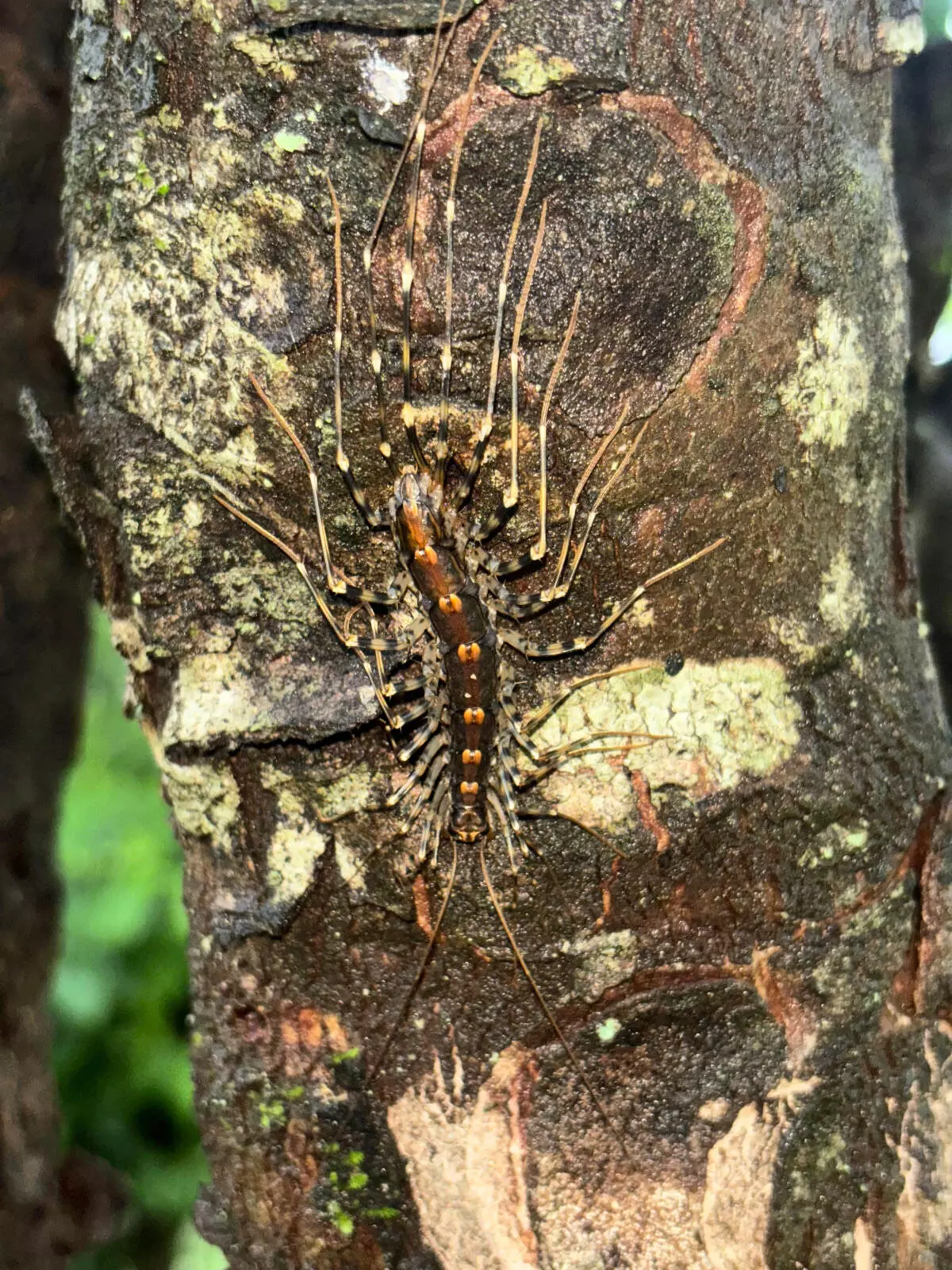Hyderabad: CCMB scientists trace origin of long-legged centipedes in India to ancient Gondwana
The study shed light on the biodiversity of the Peninsular Indian region, particularly within the Western and Eastern Ghats
By Newsmeter Network
Hyderabad: A team of scientists from the CSIR-Centre for Cellular and Molecular Biology (CCMB), Hyderabad, has made a discovery tracing the origins of an order of centipedes, Scutigeromorpha, back to the ancient supercontinent Gondwana.
The study shed light on the biodiversity of the Peninsular Indian region, particularly within the Western and Eastern Ghats.
The research, led by Dr Jahnavi Joshi, senior scientist at CCMB, focused on understanding the evolutionary history of the long-legged centipedes, which are often mistaken for spiders.
Using specimens collected from various locations across the Western and Eastern Ghats, along with a global dataset of genetic sequences, the team found that these centipedes have a Gondwanan lineage.
“This is fascinating, as most of India’s biodiversity has resulted from dispersal events into India from either Asia or Africa over the last 65 million years. Only a few other burrowing animals have been found to have Gondwanan lineages,” explained Dr Joshi.
Australian biodiversity with an Indian ancestor
The study also provided insights into the current biodiversity of Scutigeromorpha in Australia.
The findings suggested that the Australian scutigeromorphs likely originated from an Indian ancestor that dispersed from India within the last 100 million years.
“Indo-Australian relationships are rare in the literature, likely because India and Australia were connected more than 130 million years ago—a date older than the origin of many studied taxa—and today are separated by thousands of kilometres of land and ocean,” said Maya Manivannan, the first author of the paper. “Perhaps, the scutigeromorphs took ‘a passage through India’ from Gondwana all the way to Australia,” she added.
The study has been published in the Journal of Biogeography and marked a major step in understanding the evolutionary history and biodiversity of the Indian subcontinent.